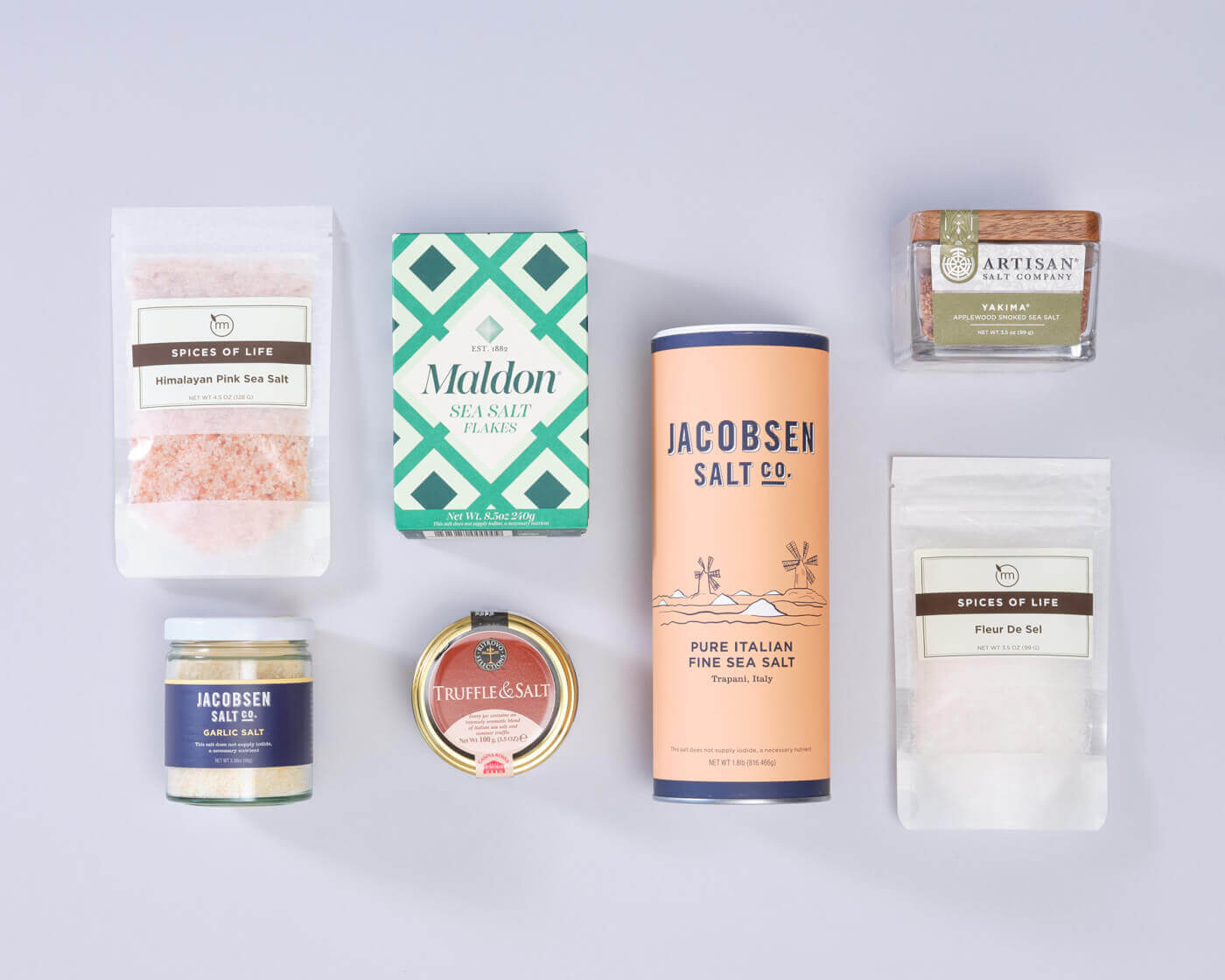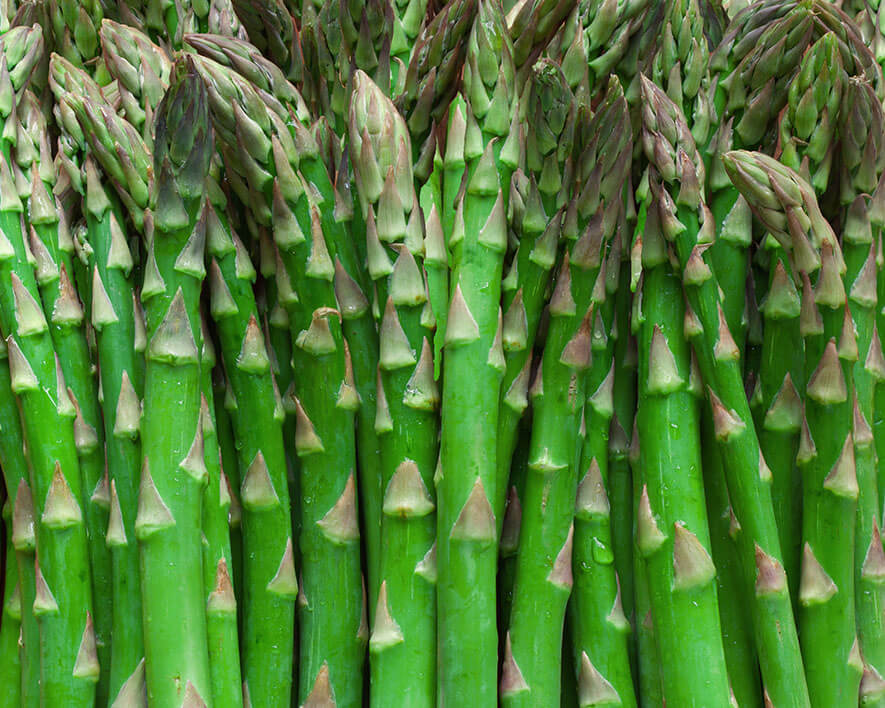101
Oysters on the half shell; one of the world’s simplest, oldest, and most satisfying meals. Even though they don’t require cooking or seasoning, oysters are among the most intimidating DIY foodie adventures. At Metropolitan Market, our fishmongers source the best oysters from the Pacific Northwest, so you can trust you’ll get fresh, high-quality seafood every time. And it turns out that almost anyone can learn to shuck an oyster. All it takes to bring raw oysters to your dinner table is confidence, practice, and a little “research.”
First, decide what kind of oysters you want to buy, based on the list below. There are five different species of oysters: Pacific, Kumamoto, Olympia, Virginica, and European Flat, each of which has a distinctive flavor. Kumamotos are known for being sweet, while Pacific oysters have a distinct cucumber taste. Beyond that, each species develops a specific flavor profile based on how and where it’s cultivated. Like the same grape varietals harvested for wine from different regions, an oyster’s attributes depend on its growing environment. A Pacific oyster that’s been raised on the bottom of the ocean in cold water will have different attributes from the same species tumbled in warmer water. Call it terroir of the sea—or meroir, as some say.
As with wine, the best kind of oyster is the kind you like—and there’s no better way to learn than tasting. If you’re new to oysters, buy an array, it’ll be fun to try them all. (Here’s your chance for rigorous “research.”) Keep track and make note of which oysters you find tastiest and easiest to open. Observe how briny (or salty) the oyster tastes, how much liquid (or oyster “liquor”) is inside each shell, and how plump and meaty each oyster seems.
When you buy oysters, plan how you’re going to serve them—straight up (which is the best way to appreciate their flavor), with simple lemon wedges, or something a little unusual, like our Ginger Ponzu Mignonette . A crisp white wine is always a good addition. No matter what type you pick, refrigerate your oysters immediately in a container with a perforated lid and a damp towel. Oysters can survive up to two days this way but discard any that opened by themselves before you begin shucking.

Some of Our Favorite Oysters

Hama Hama
Species: Pacific Oyster
Metropolitan Market considers Hama Hamas our “house” oyster. From the Puget Sound’s Hama Hama River, where they grow the old-school way, right on the gravelly river bottom, imparting a clean, crisp taste.
Blue Pool
Species: Pacific Oyster
Since they’re tumbled as they grow, Blue Pool shells are smoother, easier to open, and have an earthy sweetness. Since there’s less shell to chip off during shucking, Blue Pool’s present beautifully.


Summerstone
Species: Pacific Oyster
Summerstone oysters are a delicate, cold-water variety that grows well in the summer. They have an extra briny flavor, sweet finish, and beautiful frilly edges.
Olympia
Species: Olympia
Olympias are native to the Puget Sound and take up to five years to reach market size (which is still tiny, for an oyster). Sweet and mineral-forward, Olympias are known as the “caviar of oysters.”


Kusshi
Species: Pacific Oyster
Translating to “ultimate” from Japanese, these meaty oysters are great for beginners because they’re small and easier to open. Local Kusshi come from the waters off Vancouver Island.
Kumamoto
Species: Kumamoto
Tiny Kumamotos, native to Japan, but grown in South Puget Sound are rich and buttery. They’re a local favorite because Kumamoto shells hold lots of light brine and are easier to open.


Quilcene
Species: Pacific Oyster
Quilcene oysters come in a variety of sizes. Serve the mild “extra-small” size on the half shell, cook the “small” ones with your favorite sauce. Tequila Butter Oysters.
Or barbecue the “medium” Quilcene, whose 4 to 5 inch shell makes them ideal for grilling. Barbecue Oysters


Glacier Point
Species: Pacific Oyster
Grown off the coast of Alaska in cold glacial water, tumbled Glacier Point oysters are crisp with a distinct cucumber finish.
Fanny Bay
Species: Pacific Oyster
Known for plump meat and easy opening, Fanny Bay oysters are a favorite worldwide. Expect light citrus flavor and cucumber notes.

How to Shuck an Oyster
With a little practice, shucking oysters stops feeling like a project and becomes easy and enjoyable. Metropolitan Market has all the essentials. Start with: fresh oysters, a good oyster knife, a few sturdy dish towels, and cut resistant safety gloves.
Make your oysters a pretty bed for serving. Fill a plate or platter large enough to fit all the oysters with raw rice, crushed ice, or rock salt. Prepare any sort of seasoning you want—lemon wedges for squeezing, or a classic mignonette and arrange it on the platter. (If cooked oysters are more your speed, try our recipe for Baked Oysters with Pimiento Cheese).
Learn the anatomy of your oyster. Turning it over in your hand, notice that it has a flatter side and a cupped side. Inside the bivalve, the oyster’s muscle is attached to both sides of the shell. Wash your oysters well just before you want to serve, and start shucking. Fold your towel into a 6-inch square and place it in your non-dominant hand. Place an oyster cupped-side down in the towel with the point facing you. (The pointy area is the oyster’s hinge, where the two shell halves attach to each other.) Look for a dark crease or deep fold on the flat side of the shell near the hinge. That’s your entry point. Gently press down on the crease with the tip of the knife. The trick is to apply pressure in the right spot, not to press harder. Move the knife’s tip around to try different spots if you need to. When you feel the knife go in, rotate and the oyster will pop open. Wipe off your knife then cut the muscle away from the flat shell and discard. Wipe away any bits of shell that remain. Next, cut where the oyster attaches to the bottom shell, taking care not to dump out the liquid. Nestle the shucked oyster into your prepared platter and enjoy immediately.





